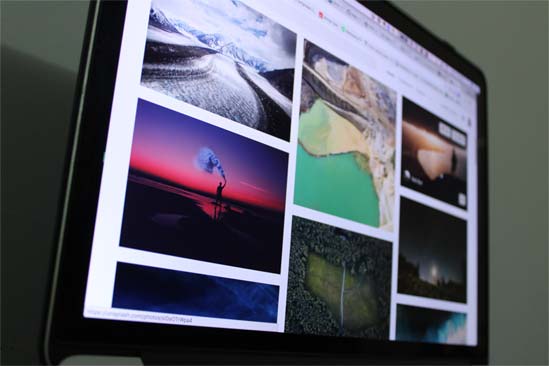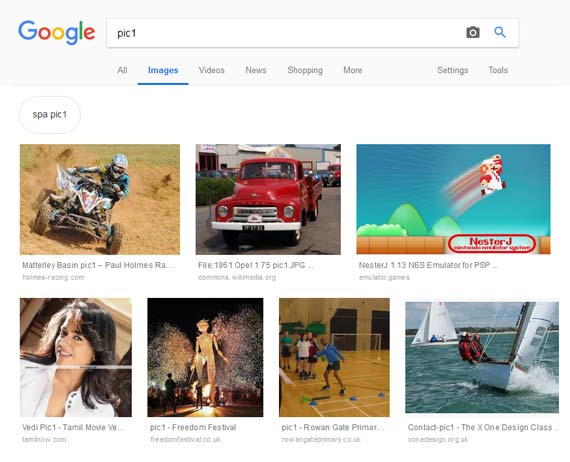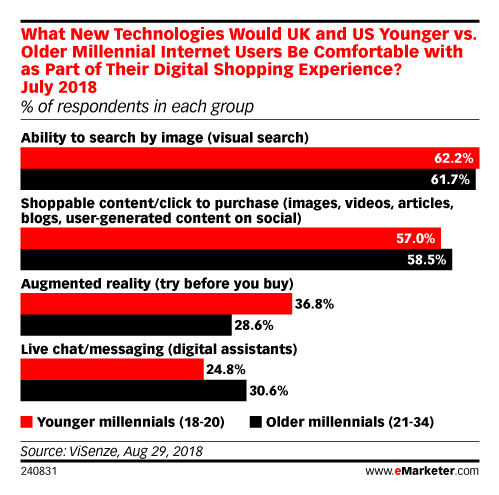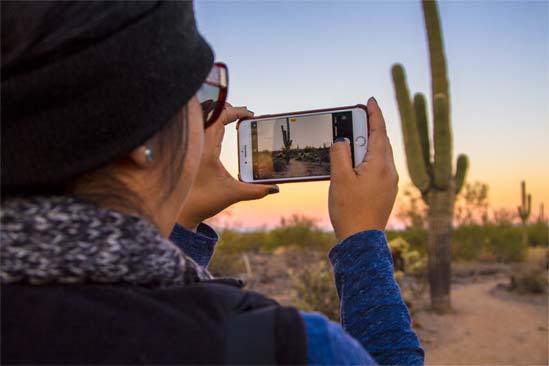Google’s Visual Search Updates Up The Ante On Image Optimisation
Since its launch 20 years ago, Google has moved from being a rather simple way to help explore the internet to a tool so ingrained into our day to day lives that its name has now become a verb.

Recently, as part of their celebrations to mark those past 20 years of Search, Google in a subdued event, announced a raft of new features. Some of the features are brand new to the industry which will be implemented over time, while others look to expand on existing capabilities of the platform.
While much attention has been given to voice search over the last few years, it was in fact the often forgotten about sibling of text search; Google visual search which generated the most interest at the event.
Has Google Visual Search Finally Come Of Age?
When Google first introduced image search to the world, it was an imperfect science, and in some ways, that has stayed the case.
Its focus was fundamentally set around searching for images that fit a phrase or keyword. Being unable to read images in the same way as text, Google made use on the limited information at its disposal. Therefore, for images to be found, it heavily relied on web managers to ensure that at the most basic level, images were not just named ‘pic1’ when they were uploaded.
However, this is often still not the case

Historically speaking, even when specific search terms are entered, the results used to be very mixed, and that led to users not having much faith in the medium. Thankfully things have improved greatly since.
Although, image optimisation for SEO remains an onerous task, even to those who have been in the industry a while. You have to ensure that you offer various clear images, at different angles, optimise those images with the correct size and file type, as well as titles that include keywords and informative filenames and not forgetting alt tags, meta data, structured data and schema mark-ups….and breathe!
It is therefore understandable why some would choose to de-prioritise the task. Why put so much effort into something that previously had garnered average results at best?
Well like all things in SEO, it is because there is an opportunity to rank higher than your competitors. And the benefits for optimising product images on your website are just about to get even greater.
Google’s Plan
For starters, Google is promising to shake up their algorithm and provide greater context around the images that they display in search. It will include captions that highlight to users the title of the webpage where each of the images resides. This extra piece of information will be critical in helping users understand why they are being shown this image.
They have also promised that if you are looking for an item, like a computer, websites which specialise in computers are more likely to appear than random photos. They will also give higher ranks to images which are central to webpages, as well as higher up the page structure.
Google will also be looking to integrate more images and videos into their search results through AMP stories.

These stories, like the above, will be visually immersive videos, similar to Instagram stories but instead of daily events, it will be initially focused on giving factual information about celebrities and athletes (and things that produce a lot of imagery). This new approach is hoped will allow consumers to easily tap for articles and provides a new method of content consumption.
Lastly, Google will also be aiming to incorporate more meaningful videos in the search results to support visual search.
A carousel called ‘featured videos’ will allow users who are searching for a specific thing, say a location, to see a video result. It will extract the relevant snippet from the video, which essentially means the video has already been scrubbed to the correct time and will play automatically on the search result page. Read Christina's post on Google's new video in the SERPs here.
Changing Consumer Habits
But why the changes?
Some have suggested, including Rand Fishkin, that this is another attempt by Google to keep users on their platforms for as long as possible and push external links further down the page. While there is a lot of truth in it, that is a bigger discussion for another time.
Instead, you only need to look at the competition between Facebook and Instagram to see how users tastes in how they prefer to consume their content have changed to begin to understand the rationale behind the changes.

A recent report by eMarketer highlights this change by showing that 62% of the millennial generation surveyed expressed a desire to be able search by image.
So, it was no surprise that Google has taken inspiration from their social media friends and look to incorporate more images and videos into their search results.
Companies such as Pinterest, Amazon, Microsoft and eBay, which rely heavily on search have long envisioned search engines based on visual searches, as opposed to text. It now seems that the recent improvements in camera and computer vision technology have finally brought their desire to fruition.
What Do We Need To Do?

While there is no doubt that text search will continue to dominate the vast majority of searches for the next five years, the long-term future is not so clear. However, what is clear is Google’s desire to prioritise this form of technology over the next few years.
In this smartphone age, with a more visual driven user base, combined with improved technology and better mobile internet, we are on the verge of a significant challenge by visual search. Consumers will soon get used to taking a photo of a location, product or person and expect to be presented with all the information about that image.
By being proactive and investing in cutting edge SEO marketing, brands will have the opportunity to get ahead of their competitors in visual search. And in turn ensure that the SEO image optimisation is done correctly to include textual information behind the images, which will improve visual search rankings while increasing traffic and driving conversions. While also being ready to embrace the next change that Google announces!
Follow my contributions to the blog to find out more about digital marketing news, or sign up to the ThoughtShift Guest List, our monthly email, to keep up-to-date on all our blogposts, guides and events.
